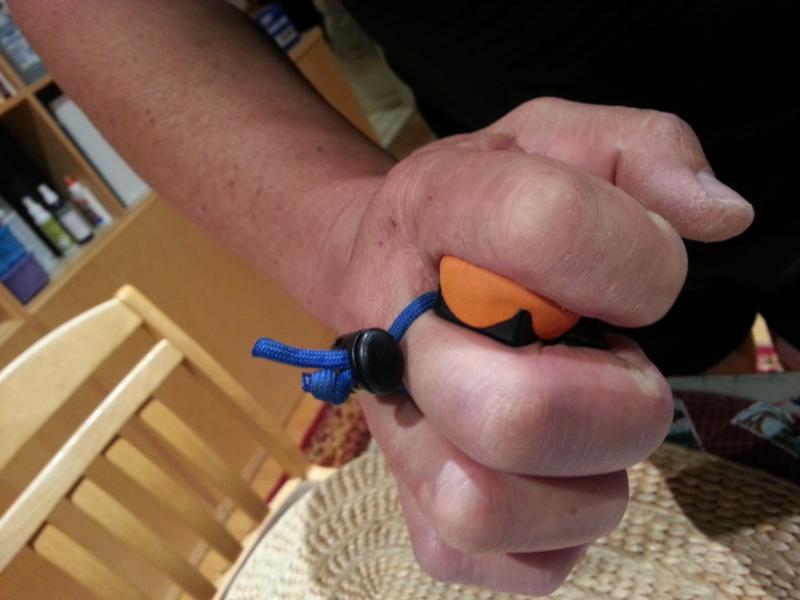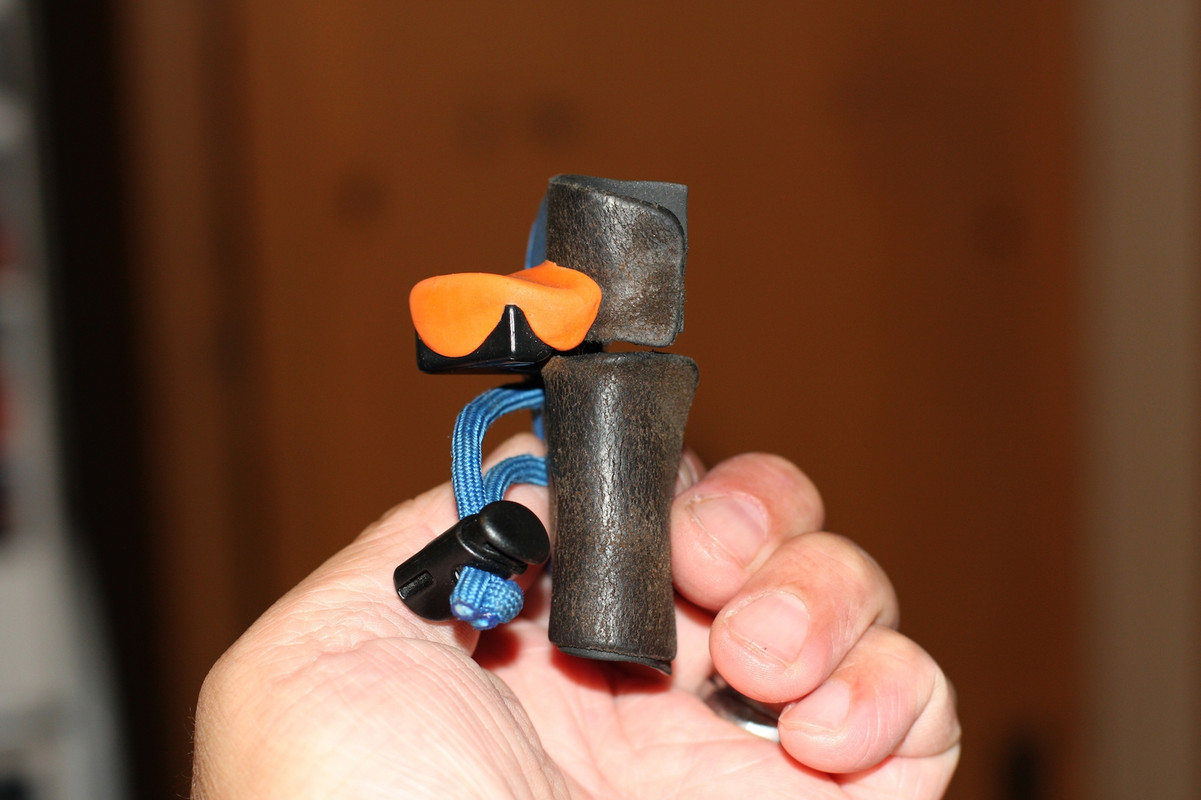a TUNED recurve bow will shoot much quieter, when you dial in the BRACE.
a TUNED recurve bow, will shoot much more accurately for you, much more FORGIVING for you, when you dial in the TILLER that works best for you, with your ILF RECURVE bow. I suggest 1/4-inch positive tiller, for ILF bows, where you shoot split finger. If you are shooting 3 fingers under the nock, then, try a ZERO tiller.
a custom RECURVE bowstring, that has been custom built to match your nock groove size, is the BEST thing a coach, a RECURVE coach, can do for a beginning recurve student, because the group size shrinks SOOOOO much. This is one of the FIRST things I do for my RECURVE students. Most beginners are sold a factory dacron string, that is WAY too large in diameter, so the nock fit is RIDICULOUSLY tight, and the group size is much larger than the true potential of the student. Since you are grouping mostly in the RED rings on the 40 cm FITA target, maybe your string fits your nock groove within an acceptable tightness level.
If you are not using a deep hook, then, give it a whirl. You might get a cleaner fingers release.
If you are using a finger tab, and you use a spacer, then, I HIGHLY recommend sugru for a CUSTOM molded finger spacer. SUPER comfy.


If you are using a finger tab, then, get the cordovan leather face. This is the fastest finger tab face, and will last pretty much indefinitely. You need to break this in, and a RECURVE coach has to show you how to trim the finger tab edge, to match your finger length. Most newbie students I see, have never ever trimmed their finger tab, to match finger length, and of course, after the FINGER TAB is trimmed, is "TUNED" to proper length, the groups shrink even more. You see my POINT? There is soooo much to teach you, and will take more than one in person lesson, with a recurve coach that helps YOU get better results. Find a coach who can help you SHOOT better, who GETS you.







